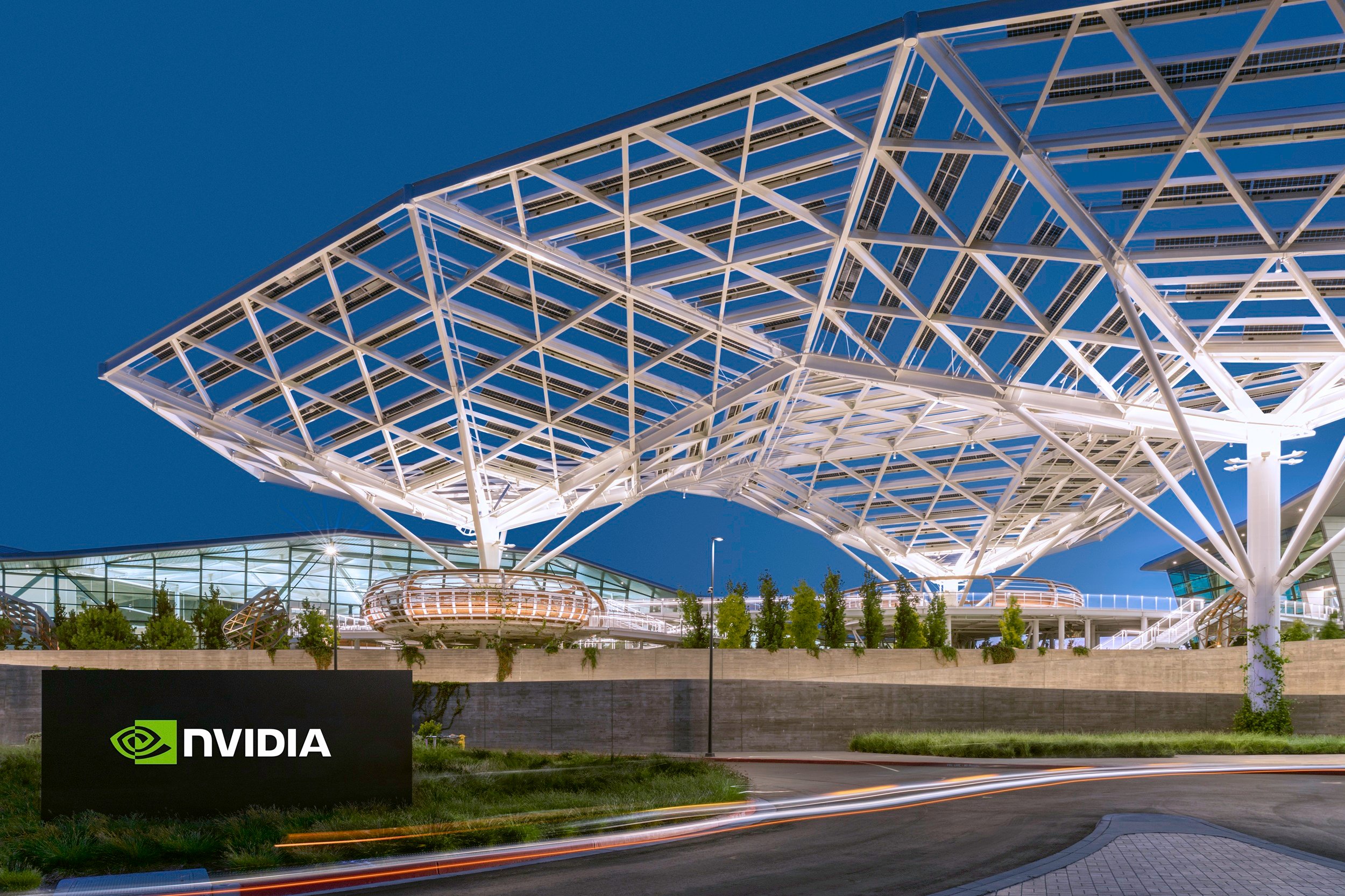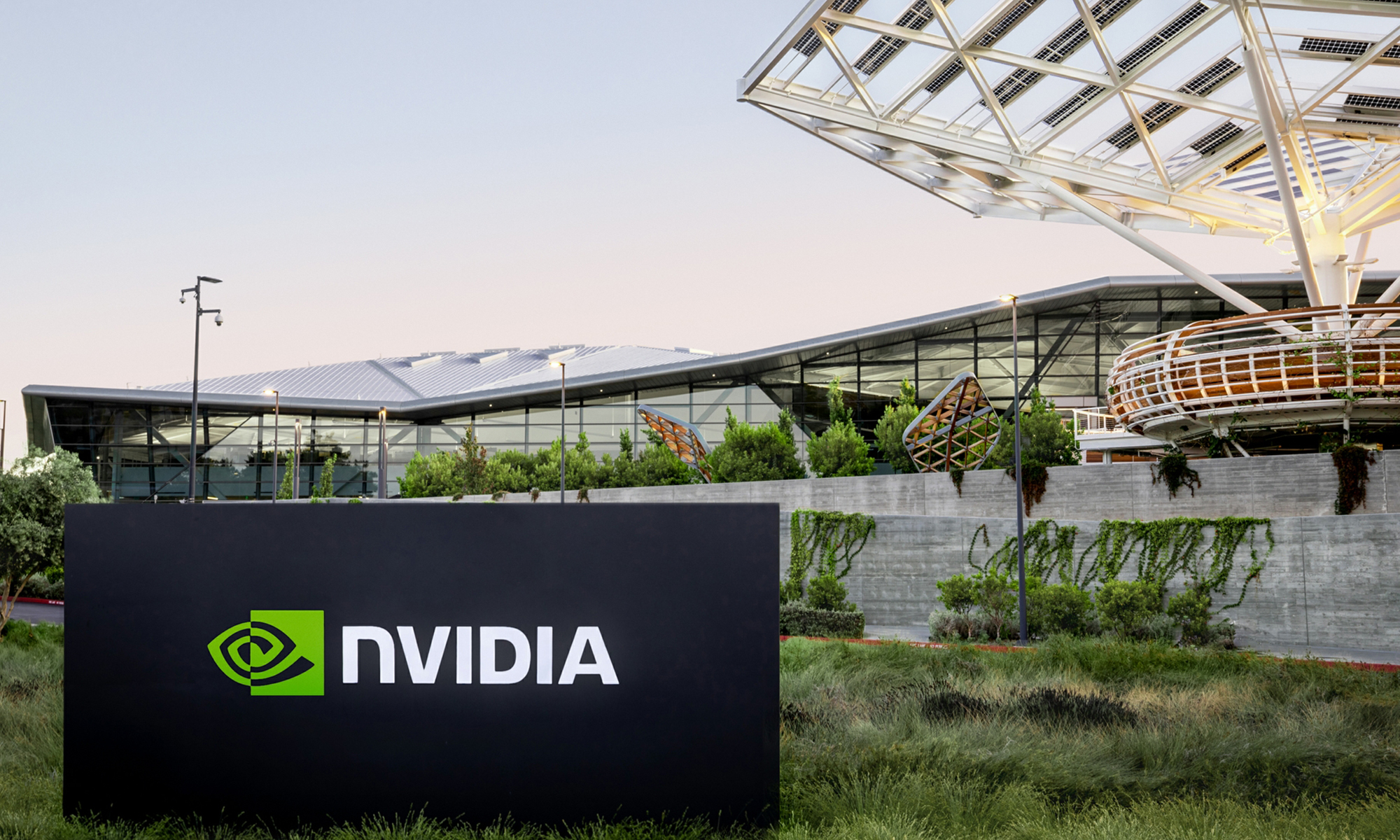While Advanced Micro Devices (AMD 4.69%) reported strong demand for its GPUs during its last earnings conference call, NVIDIA's (NVDA 2.81%) earnings results throw cold water on the idea that AMD is regaining any considerable market share. NVIDIA released preliminary results two days early showing a 16% rise in revenue and an 85% jump in EPS. But its full results paint a picture of a company completely unaffected by AMD's turnaround efforts.
Strong growth continues for NVIDIA
NVIDIA's GPU revenue, which is comprised of both GPUs for the PC as well as the company's enterprise offerings, rose 14% year over year during the first quarter. GeForce GTX gaming GPUs grew by 57% year over year, faster than the 50% growth during the fourth quarter. High-end notebook GPUs performed well even as the underlying notebook market declined. NVIDIA launched Maxwell-based notebook GPUs during the first quarter, and an increase in energy efficiency -- combined with substantial gains in performance -- gave NVIDIA an edge over competing products.
AMD reports its GPU business along with its console business, and the company didn't give detailed numbers on GPUs alone. But with NVIDIA's reported growth, it's hard to imagine AMD picking up meaningful market share.
One area where AMD claimed to be winning market share was the professional graphics market, but NVIDIA's results cast some doubt over those claims. NVIDIA's Quadro line of professional graphics cards grew during the quarter, and NVIDIA claimed in its conference call that its workstation market share is at its highest point since 2010. There is certainly a margin of error here, but it's safe to say that if AMD picked up market share during the quarter, it wasn't very meaningful.
Of course, AMD is in the early stages of its turnaround, and while growth in the gaming and professional GPU markets can drive growth at both AMD and NVIDIA, it doesn't appear that AMD's efforts have made a dent in NVIDIA's market share. NVIDIA's sole focus on graphics -- contrasted with AMD's attention being spread between CPUs, GPUs, semi-custom deals, and servers -- gives reason to believe that NVIDIA will remain the market leader for the foreseeable future.
Beyond gaming
NVIDIA's enterprise products, namely Tesla and GRID, also grew during the quarter. GRID, NVIDIA's graphics virtualization platform, is now being trialed by nearly 600 enterprise customers, a number which is up 35% since the fourth quarter. While GRID is a very small part of NVIDIA's business today, in part due to the typical trial period of six to nine months, CEO Jen-Hsun Huang expects GRID's growth to accelerate going forward.
Tesla, NVIDIA's GPU that's aimed at the supercomputing market, also has plenty of potential for further growth. While the high-performance computing market has been the main aim of Tesla so far, the rise of big data has presented further opportunity for the Tesla business to grow. Because big-data analytics calculations are easily parallelized, GPUs are a natural fit to accelerate these types of calculations. NVIDIA announced a partnership with IBM late last year that put NVIDIA's Tesla hardware inside of IBM's servers in order to accelerate its enterprise software, and with IBM increasingly focusing on big data, NVIDIA's Tesla is at the doorstep of a whole new market.
Tegra, NVIDIA's mobile product that has been responsible for the company's declining earnings in recent years, saw its third quarter of sequential growth, as demand from the automobile market boosted revenue by 35% year over year. CEO Huang seemed very confident during the conference call about the potential of the Tegra K1, the newest iteration of the mobile processor. With a narrow focus on getting the chip into devices where graphics and visual computing matter, Tegra is on its way to eventually becoming profitable.
The bottom line
While AMD's recent results suggest that things are going well for its GPU business, it doesn't appear that NVIDIA is being negatively affected at all. In both gaming GPUs and professional GPUs, NVIDIA grew revenue, and it's unclear if AMD managed to pick up any market share. NVIDIA's enterprise and mobile products also grew, and the 85% increase in EPS was at least partly driven by smaller losses in the Tegra division. NVIDIA had another strong quarter, and it doesn't look like this trend will change anytime soon.






